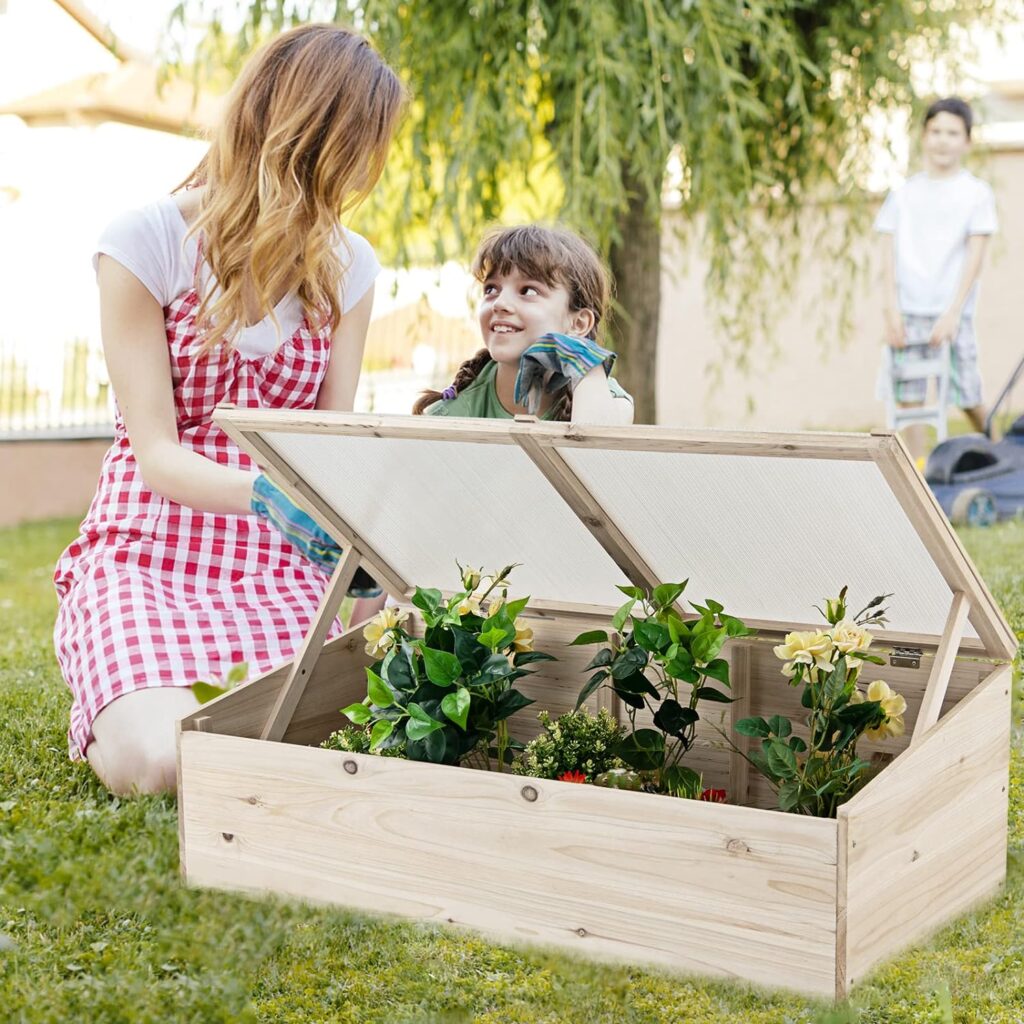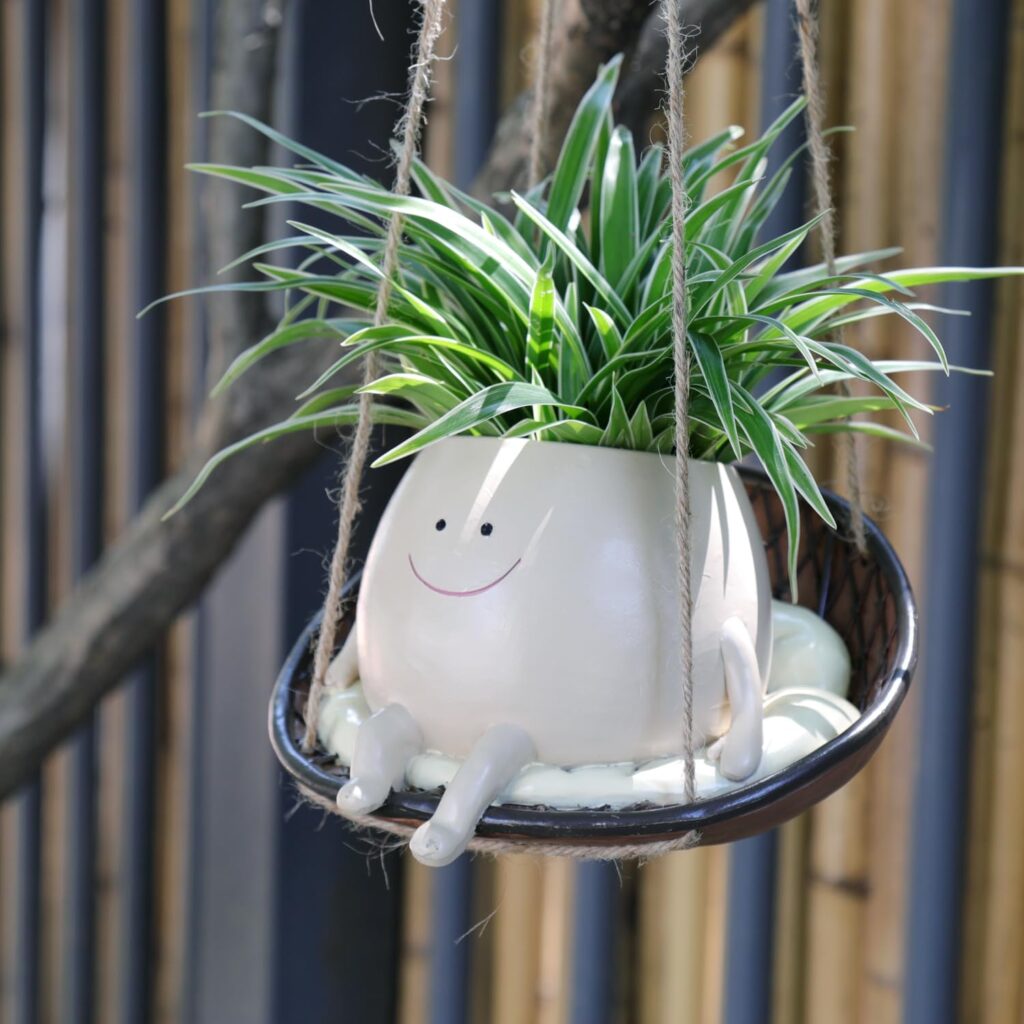Sow Basil Seeds
Sow basil seeds in well-drained soil, ensuring they receive adequate sunlight for optimal germination and growth.
Minnesota presents a beautiful canvas for passionate gardeners. Cultivating a garden that thrives year-round in the North Star State requires strategic approach with a uniquely defined garden calendar.
In the land of 10,000 lakes and ever-changing seasons, Minnesota presents a beautiful canvas for passionate gardeners. Cultivating a garden that thrives year-round in the North Star State requires a strategic approach with a uniquely defined garden calendar.
If you’ve been following along with Poly’s Farm for your homesteading journey, by now you should have a nice and tidy space with a sustainable pantry organization that is stocked with a minimalist grocery list. Now, we can begin to build a gardening routine.
Below is Poly’s garden journal located near chilly Minneapolis, Minnesota, detailed with sowing dates, watering schedule, harvest dates, and more. Follow along day by day to fill out replacing our groceries with homegrown food with this zone 4a garden calendar. Many of these varieties can be grown in a wide geographic range around the United States and the world.
Keep track of Poly’s Minnesota garden calendar throughout the year to check the status of plants and to track the progress of your own garden.
Sow basil seeds in well-drained soil, ensuring they receive adequate sunlight for optimal germination and growth.
Break bread in the new year by baking a simple bread loaf to set the intention of a new simple living diet.
Blend a good portion of this week's fruit and greens into a smoothie for a fresh start to the week.
Run inventory on your fridge, freezer, and pantry to ensure you are stocked with all of the essential ingredients in your minimalist grocery list.
It's that time of year again, to reset and start a new diet. With a freshly stocked whole foods kitchen, this week is the time to declutter your pantry to […]
Spray your basil seeds at least 3x per day to keep the soil moist while germination occurs.
This plant-based staple is heavy on veggies, is easy to preserve as a frozen meal, and saves money on groceries. It is easy to change up the flavor of this chili throughout the seasons as we grow different herbs and homegrown vegetables. Meal prep a vegetable chili for each month and freeze whatever you don't […]
Blend a good portion of this week's fruit and greens into a smoothie for a fresh start to the week.
This rice can be served with the palak paneer today and will be used tomorrow to make vegetable fried rice for dinner.
Meal prep a generous family serving size of palak paneer for dinner tonight and freeze the excess. Palak paneer is a spicy and savory Indian dish that is packed with nutrients thanks to the generous amounts of spinach and other vegetables. The paneer provides filling protein and fat, and this creamy dish can server up […]
Blend a good portion of this week's fruit and greens into a smoothie for a fresh start to the week.
Water the parsley seeds we have sown, keeping the top of the soil consistently moist until germination.
Our first little sprout has emerged in our sunny indoor garden! Sprout the chia seeds in a jar from our minimalist grocery list to add our first leafy green to the bunch. Not all seeds can be sprouted and eaten safely, or necessarily taste good anyway. Chia seeds are a great sprout to grow for […]
Next week we still sow the spinach seeds and to increase your germination rate, we will prime them. Soak spinach seeds in room temperature water for 24 hours. Place the wet seeds on a paper towel, and allow them to dry at room temperature for a day or two. Wrap the seeds in a wet […]
Blend a good portion of this week's fruit and greens into a smoothie for a fresh start to the week.
Divide the thyme plant from the outside garden bed and plant in a pot in the indoor garden.
Blend a good portion of this week's fruit and greens into a smoothie for a fresh start to the week.
In a tray sow spinach seeds, spacing them in rows 2 inches apart, then water. Keep the soil moist but not waterlogged. If you're using artificial lights, spinach plants need 8–10 hours of light per day. After germination, to prevent bolting when sowing spinach indoors, maintain a consistent temperature of around 60-70°F (15-21°C) and move […]
Run inventory on your fridge, freezer, and pantry to ensure you are stocked with all of the essential ingredients in your minimalist grocery list.
Water the parsley seeds we have sown, keeping the top of the soil consistently moist until germination.
This plant-based staple is heavy on veggies, is easy to preserve as a frozen meal, and saves money on groceries. It is easy to change up the flavor of this chili throughout the seasons as we grow different herbs and homegrown vegetables. Meal prep a vegetable chili for each month and freeze whatever you don't […]
The above plants and foods are an example diet based on our collection of homestead recipes to represent our survival garden calendar, otherwise known as a victory garden calendar. Depending on your climate and location, this garden calendar could be customized for you.
Do you want to customize this garden calendar to your own biome? Subscribe today to receive updates on the release of Poly’s Farm, an interactive homestead game and real-time garden journal.


Even in the smallest of spaces, cultivating your own food is remarkably accessible, requiring only minimal resources and a creative approach to make the most of limited room for a thriving home garden.
If you are a neighbor in or to Minnesota, or elsewhere in a chilly garden somewhere, we hope you grow with this zone 4a garden calendar.
Growing food year-round in a cold climate can be challenging, but it’s possible with the right strategies.
Extend the growing season and produce food throughout the year in colder climates:
By combining these methods, you can create a more resilient and diverse growing system that allows you to produce food in a cold climate throughout the entire year.
